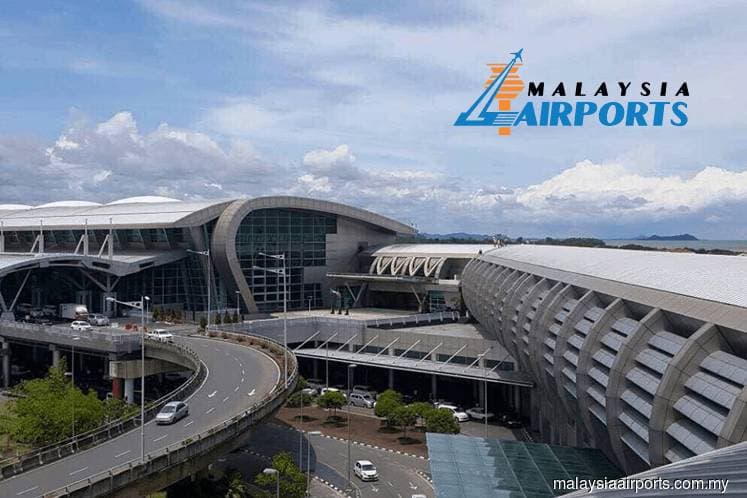
This article first appeared in The Edge Malaysia Weekly on February 25, 2019 - March 3, 2019
MAJOR structural changes are looming on the local airport sector and that also affects Malaysia Airports Holdings Bhd (MAHB), the dominant operator.
Among others, the key question is whether its structural monopoly would be broken up in keeping with Pakatan Harapan’s anti-monopoly agenda.
The new federal government had also signalled that it prefers having more low-cost carrier terminals moving forward. That, with the liberalisation agenda in the air, means more operators could be allowed into the sector to compete with MAHB.
“There are continuous requirements to upgrade and expand some of the busier airports and should the funding requirements exceed our capacity, we are open to the idea of partnering with third parties to fund the expansion and to ensure that the airports are able to cater to the traffic volume and demand,” MAHB says in an emailed response to The Edge.
However, it stopped short of welcoming more competitors into the industry.
That said, the airport operator views its market position as more of a “national responsibility” rather than a monopoly.
MAHB is the sole operator of 39 airports nationwide, which includes 18 short take-off and landing ports (STOLports) that provide air connectivity into rural areas, particularly Sabah and Sarawak.
At the moment, only seven of these airports are profitable — the Kuala Lumpur International Airport (KLIA), Penang, Langkawi, Kota Kinabalu, Kuching, Subang and Miri. MAHB subsidises the remaining airports from its total income across the network.
The remaining non-profitable airports are purely for domestic traffic, according to MAHB. “So, it is not really a position of dominance in the way the market perceives it.”
“For airports to be profitable, there are a number of factors that come into play. These include tourism drive into the destination, a balance of international and traffic mix due to the lower passenger service charge (PSC) for domestic traffic, and more direct international connectivity,” MAHB says.
MAHB adds that attracting airlines to these destinations require sufficient passenger travel volume and profitability. To this end, it is investing RM10 million to promote local holiday packages to all domestic airports.
In addition, it is investing about RM300 million on its airline incentives programme to attract new airlines and services to more destinations.
MAHB notes that it needed to ensure that there will be sufficient capacity, good services and facilities available, which is a “great challenge” as its aeronautical charges are already exceptionally low.
Financially, the cross-subsidisation model works well for MAHB and its shareholders. In the nine-month period up to Sept 30 last year (9MFY2018), MAHB reported RM699.21 million net profit from its RM3.6 billion revenue.
The airport operator had already topped its full-year net profit figure for FY2017, which came in at RM236.49 million. Its revenue that year was RM4.65 billion.
However, the end is near for the existing industry structure. Last October, at the Malaysia: A New Dawn conference, the government said it is unable to fund much-needed airport infrastructure expansion and will leave that role to the private sector.
To facilitate fresh investment, MAHB’s stable of airports, excluding KLIA, would be segregated into geographical clusters that will enable equity investors to choose their own investments.
Also, with its structural monopoly on the verge of being broken, investors will want to know how the looming changes would impact MAHB’s profitability as an airport operator.
For MAHB, “the most important consideration would be the sustainability of each cluster.
“There has to be an economic balance in the clustering as considerable investments would also be required to maintain airports that are reaching capacity, and ensuring that the airports facilities and services are meeting the expected service level,” MAHB adds.
Save by subscribing to us for your print and/or digital copy.
P/S: The Edge is also available on Apple's AppStore and Androids' Google Play.